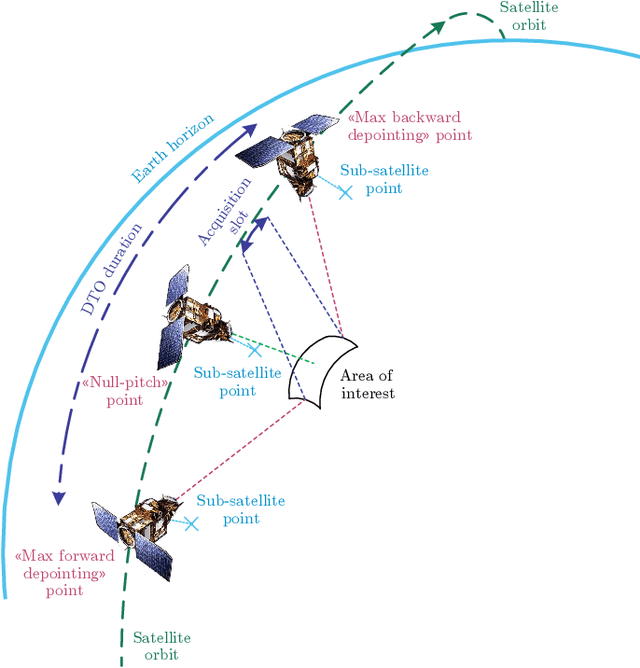Igor Tokarev
A supervised hybrid quantum machine learning solution to the emergency escape routing problem
Jul 28, 2023



Abstract:Managing the response to natural disasters effectively can considerably mitigate their devastating impact. This work explores the potential of using supervised hybrid quantum machine learning to optimize emergency evacuation plans for cars during natural disasters. The study focuses on earthquake emergencies and models the problem as a dynamic computational graph where an earthquake damages an area of a city. The residents seek to evacuate the city by reaching the exit points where traffic congestion occurs. The situation is modeled as a shortest-path problem on an uncertain and dynamically evolving map. We propose a novel hybrid supervised learning approach and test it on hypothetical situations on a concrete city graph. This approach uses a novel quantum feature-wise linear modulation (FiLM) neural network parallel to a classical FiLM network to imitate Dijkstra's node-wise shortest path algorithm on a deterministic dynamic graph. Adding the quantum neural network in parallel increases the overall model's expressivity by splitting the dataset's harmonic and non-harmonic features between the quantum and classical components. The hybrid supervised learning agent is trained on a dataset of Dijkstra's shortest paths and can successfully learn the navigation task. The hybrid quantum network improves over the purely classical supervised learning approach by 7% in accuracy. We show that the quantum part has a significant contribution of 45.(3)% to the prediction and that the network could be executed on an ion-based quantum computer. The results demonstrate the potential of supervised hybrid quantum machine learning in improving emergency evacuation planning during natural disasters.
Quantum algorithms applied to satellite mission planning for Earth observation
Feb 14, 2023



Abstract:Earth imaging satellites are a crucial part of our everyday lives that enable global tracking of industrial activities. Use cases span many applications, from weather forecasting to digital maps, carbon footprint tracking, and vegetation monitoring. However, there are also limitations; satellites are difficult to manufacture, expensive to maintain, and tricky to launch into orbit. Therefore, it is critical that satellites are employed efficiently. This poses a challenge known as the satellite mission planning problem, which could be computationally prohibitive to solve on large scales. However, close-to-optimal algorithms can often provide satisfactory resolutions, such as greedy reinforcement learning, and optimization algorithms. This paper introduces a set of quantum algorithms to solve the mission planning problem and demonstrate an advantage over the classical algorithms implemented thus far. The problem is formulated as maximizing the number of high-priority tasks completed on real datasets containing thousands of tasks and multiple satellites. This work demonstrates that through solution-chaining and clustering, optimization and machine learning algorithms offer the greatest potential for optimal solutions. Most notably, this paper illustrates that a hybridized quantum-enhanced reinforcement learning agent can achieve a completion percentage of 98.5% over high-priority tasks, which is a significant improvement over the baseline greedy methods with a completion rate of 63.6%. The results presented in this work pave the way to quantum-enabled solutions in the space industry and, more generally, future mission planning problems across industries.
 Add to Chrome
Add to Chrome Add to Firefox
Add to Firefox Add to Edge
Add to Edge